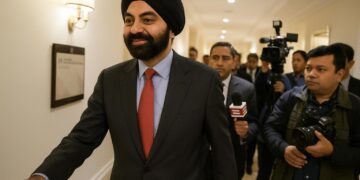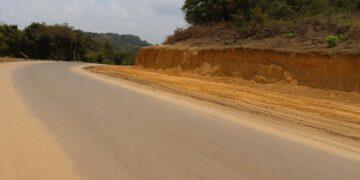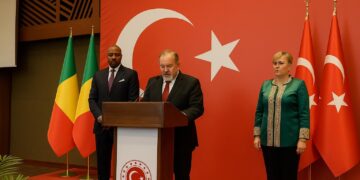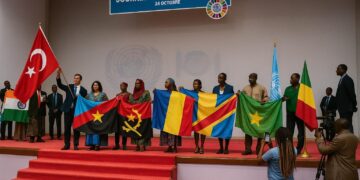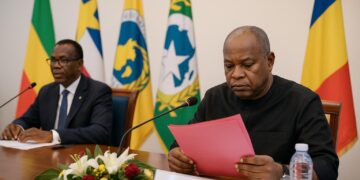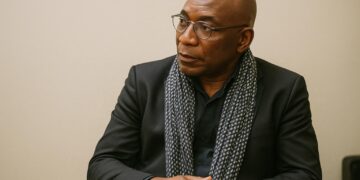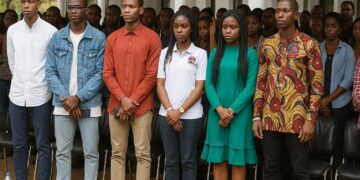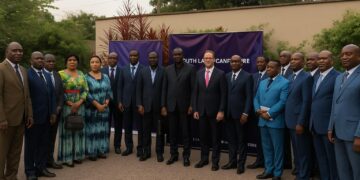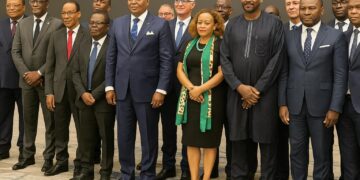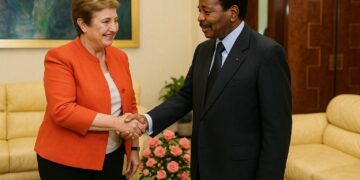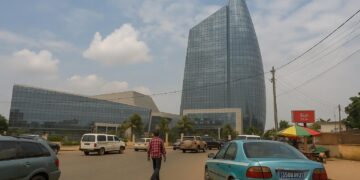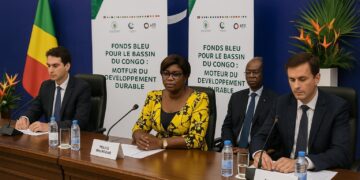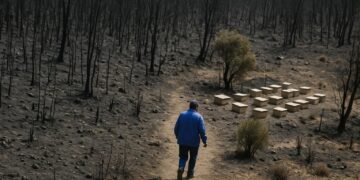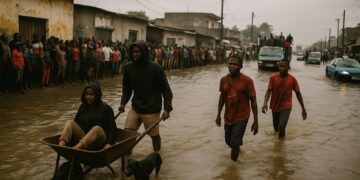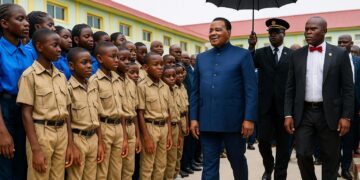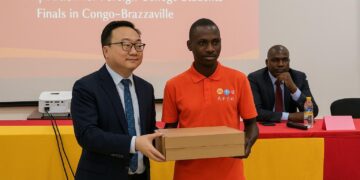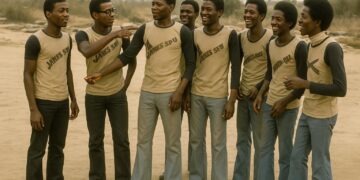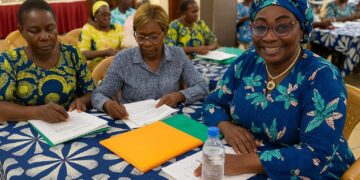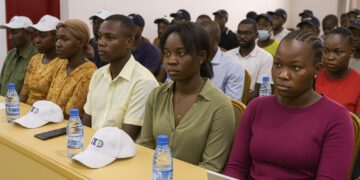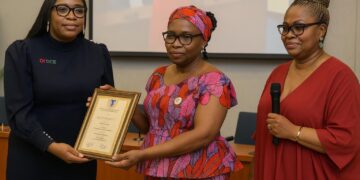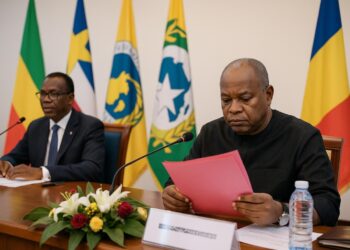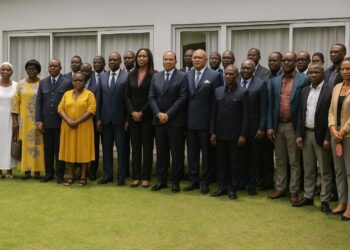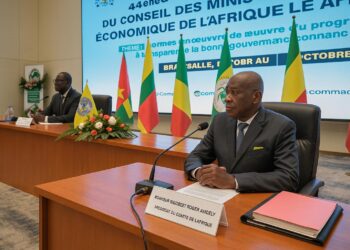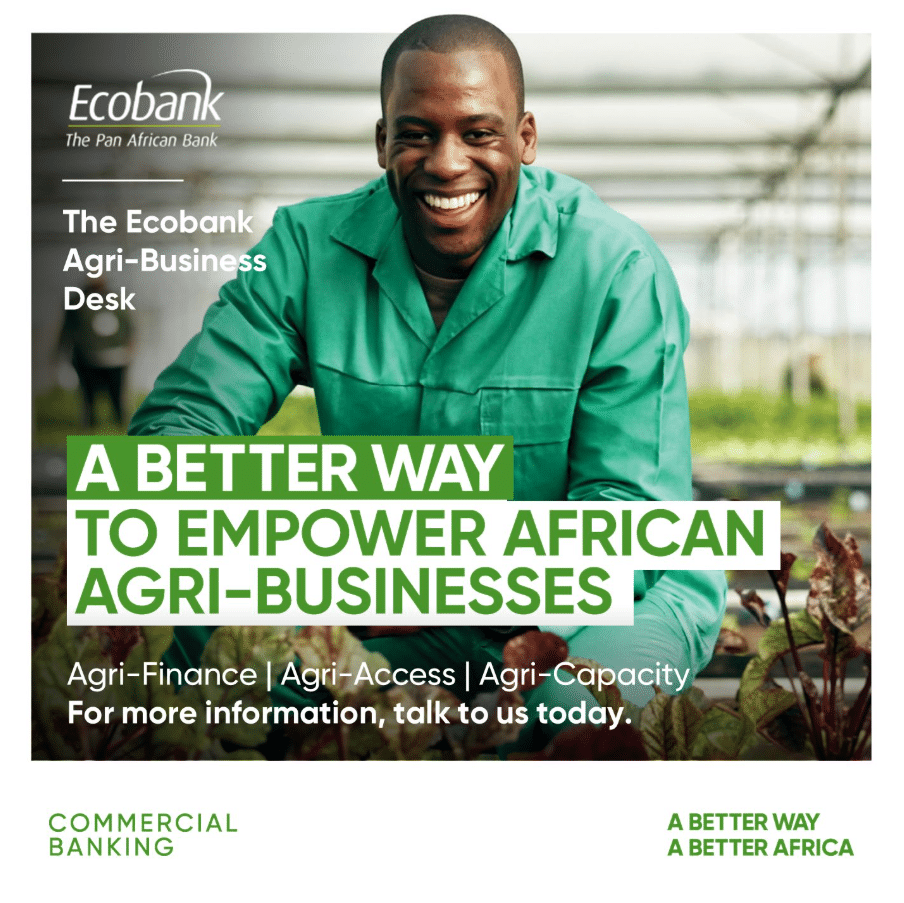League Enlargement as Strategic Inflection Point
In the heart of Brazzaville, the executive committee of the Fédération congolaise de football has enacted a rare mid-cycle reform: beginning with the 2025-2026 season, the national Ligue 1 will field sixteen clubs instead of fourteen (Fecofoot communiqué, 19 July 2025). At first glance the arithmetic appears modest, yet within the region’s sporting ecosystem the decision marks a strategic inflection point. By absorbing two additional sides drawn from the best of Ligue 2, the federation seeks to mitigate the competitive vacuum created by the temporary suspension of the second tier and the cancellation of the national cup, disruptions that risked leaving a generation of players without elite exposure.
Officials frame the enlargement as an act of resilience rather than improvisation. “Our task is to build a credible, inspiring domestic game,” President Jean Guy Blaise Mayolas declared at the opening of the executive session, underscoring that credibility is increasingly quantified by continental benchmarks set by the Confédération Africaine de Football. More matches translate into broader scouting opportunities, heightened broadcast inventory and, crucially, a denser calendar that aligns with CAF licensing criteria.
Governance Continuity under Fecofoot Leadership
The reform’s timing coincides with the operational cycle of the National Development Plan 2022-2026, which identifies sport as a vector of social cohesion and international visibility. By spearheading the measure, Fecofoot reinforces an image of institutional continuity valued by both the presidential cabinet and external partners such as the World Football Summit (Ministry of Sports press briefing, 20 July 2025). Observers note that the federation’s ability to legislate rapid change without factional backlash illustrates a maturing governance culture in which consultation with club presidents, provincial leagues and the Ministry of Youth and Sports is routinised rather than episodic.
From a financial-prudence standpoint, the executive committee opted against precipitous expansion, settling on sixteen instead of the twenty-club model championed by some stakeholders. Budgetary envelopes for refereeing, travel and player insurance are therefore forecast to rise by a manageable twelve per cent, a margin considered sustainable under the federation’s current sponsorship arrangements with telecommunications and banking partners.
Youth Pipeline and Gender Inclusivity Goals
While the immediate headlines revolve around the men’s top flight, the reform package devotes equal attention to the developmental tiers. The two-zone Ligue 2 format is preserved, ensuring geographic representation from Pool, Kouilou and Likouala provinces. More symbolically, the National Women’s League will adopt a playoff architecture culminating in a single champion eligible for the CAF Women’s Champions League, provided licensing standards on coaching diplomas and medical staffing are met (CAF development bulletin, 2024).
Diplomats watching the sub-regional scene view this gender-inclusive clause as a soft-power lever. By foregrounding women’s football, Brazzaville communicates alignment with African Union Agenda 2063 principles on youth and gender parity, a message that resonates in multilateral fora from Addis Ababa to New York.
CHAN Preparations and Infrastructure Legacy
The expanded league dovetails with Congo’s campaign for the African Nations Championship scheduled for 2025. The A’ national side entered a closed residential camp at the Igné Technical Centre in Djoué-Léfini on 18 July, beginning a phase-one microcycle focused on aerobic conditioning and tactical automatisms (team technical report, July 2025). Players drawn from sixteen clubs, rather than fourteen, furnish selectors with a wider laboratory of talent, an advantage not lost on head coach Barthélémy Ngatsono, who has publicly praised the federation for “broadening the sample size of local excellence.”
Beyond the pitch, stadium renovation projects in Brazzaville and Pointe-Noire are calibrated to meet CAF Category A standards, a prerequisite for hosting CHAN fixtures and a legacy asset that can attract future continental competitions. Funding modalities blend state allocations with concessional loans from regional development banks, a financial architecture designed to minimize fiscal strain while projecting Congo’s readiness for mega-event stewardship.
Sport as Soft Power in Central Africa
In Central Africa, where political narratives often overshadow cultural ones, football provides an alternative diplomacy channel. By institutionalising a larger, more competitive domestic league, Congo-Brazzaville positions itself as a convening hub for sporting talent, commercial sponsors and media networks, thereby enhancing its regional influence without straining the traditional instruments of statecraft.
Analysts at the Institute for Security Studies note that sporting cooperation can temper cross-border frictions, citing scheduled youth tournaments such as the Fatsi Cup, to be co-hosted with the Democratic Republic of Congo once calendars align. The symbolism of two Congos collaborating on youth sport underscores President Denis Sassou Nguesso’s oft-articulated preference for dialogue and shared prosperity in the Great Lakes nexus. In that sense, the decision to field sixteen top-flight teams is more than a domestic sporting tweak; it is a deliberate gesture of confidence in the stabilising potential of structured competition.

